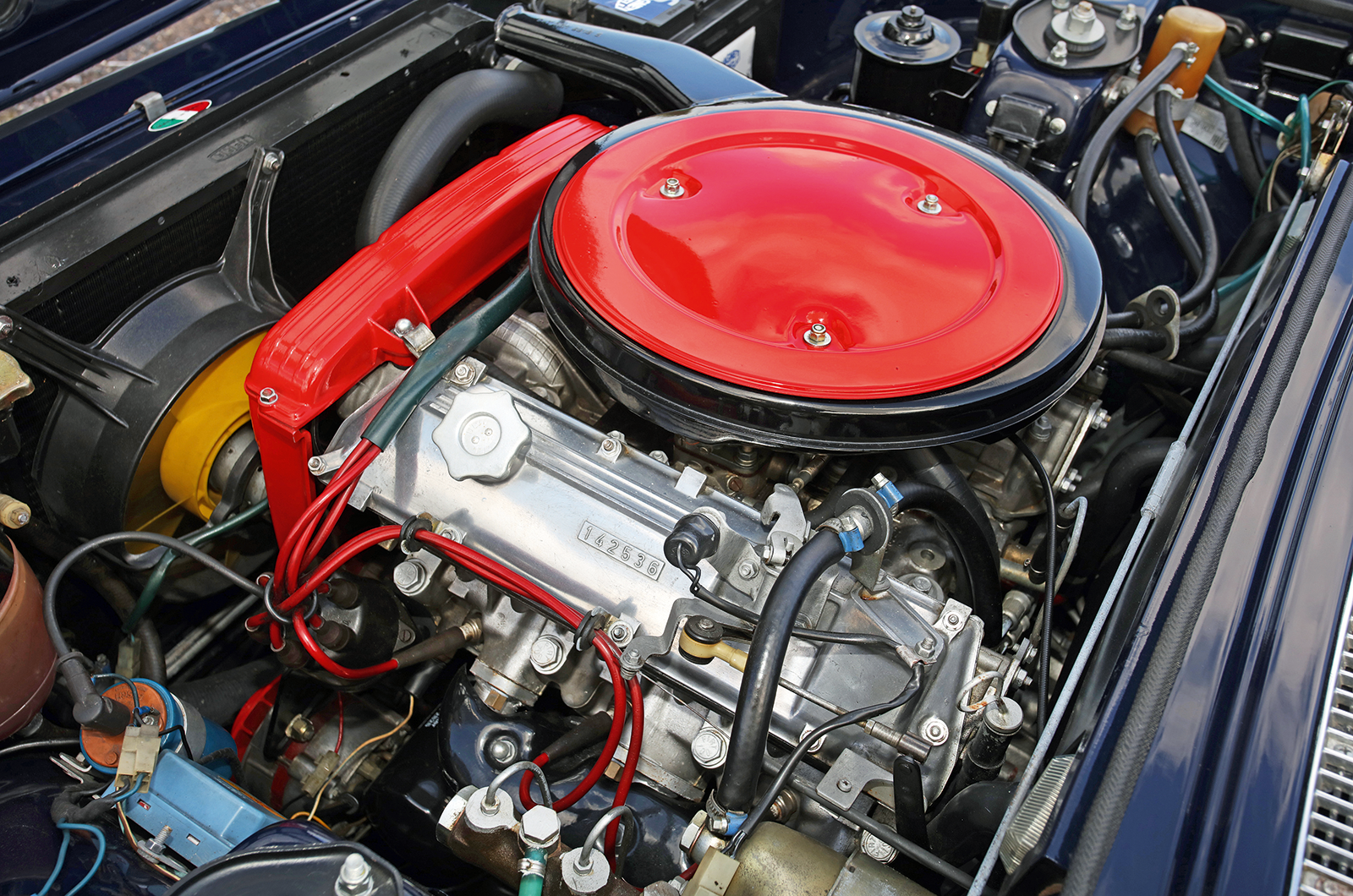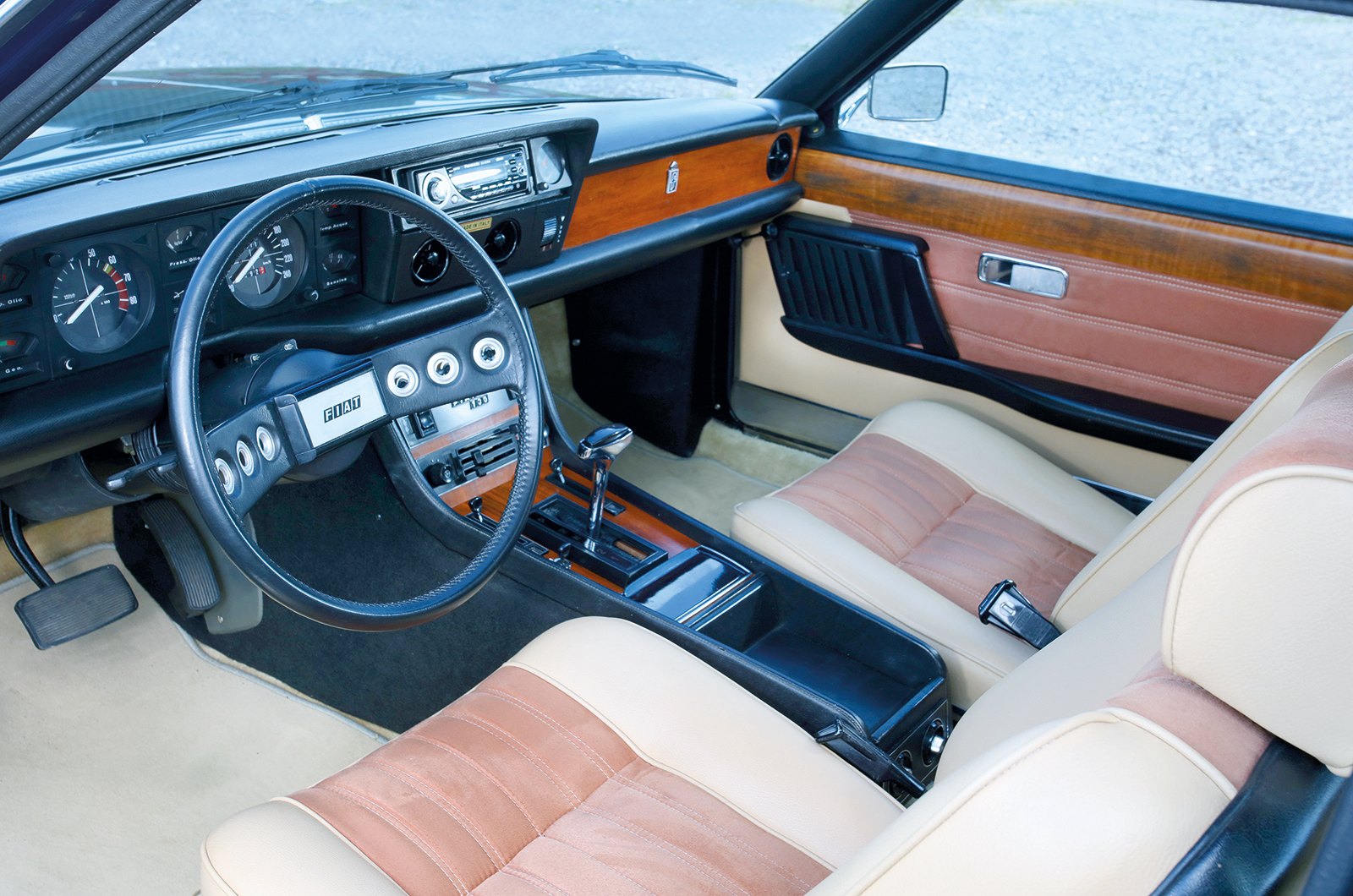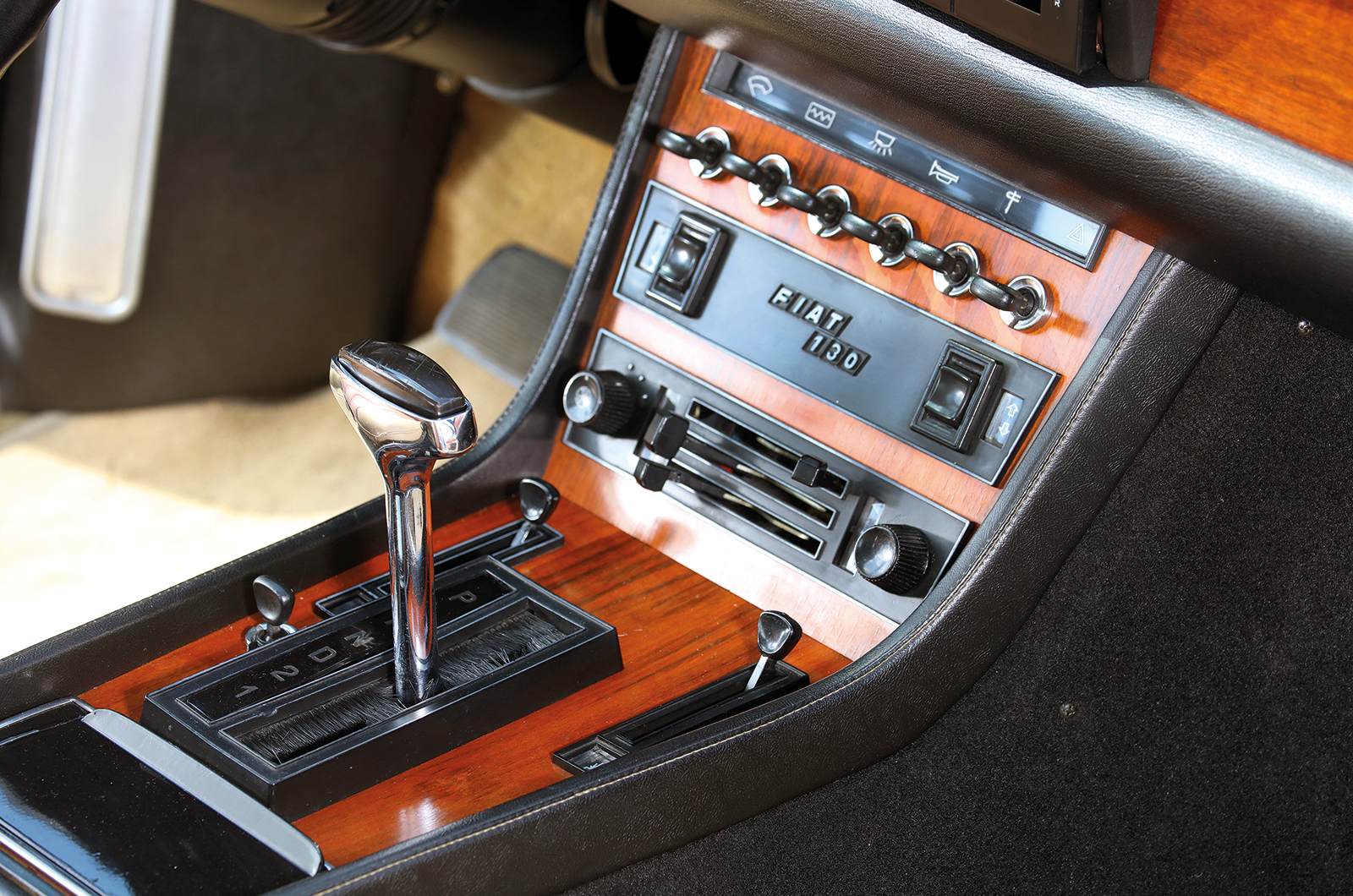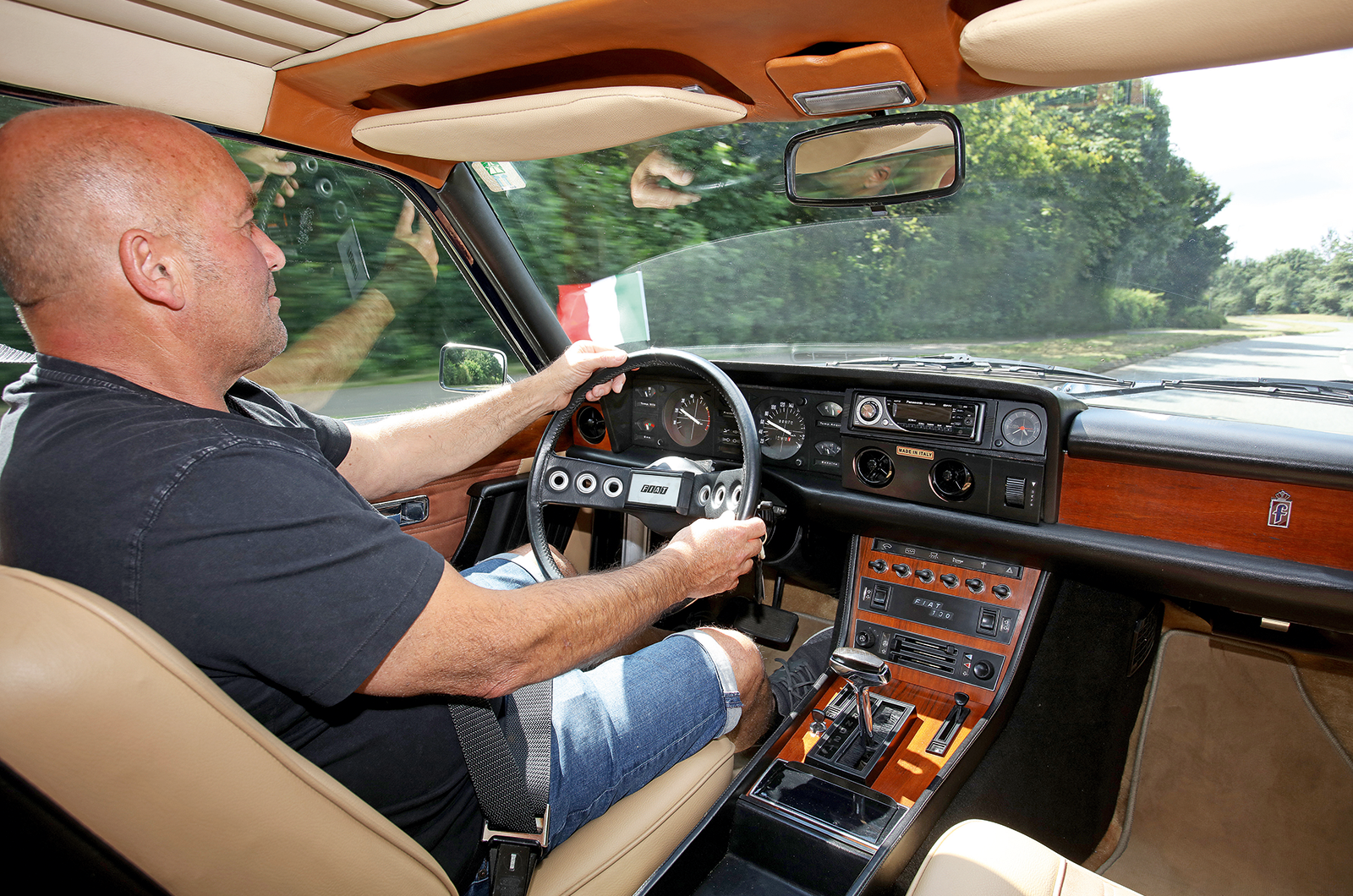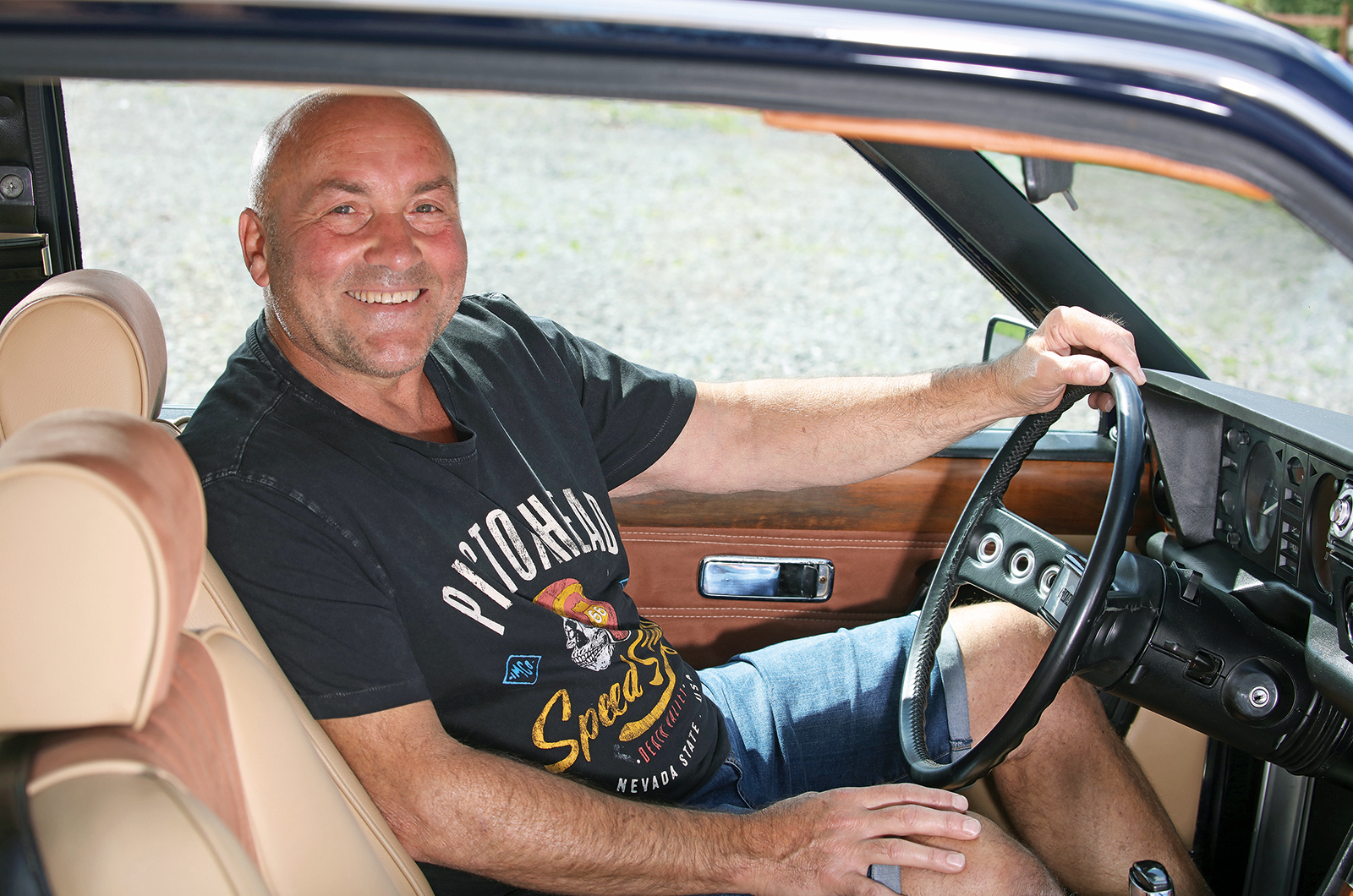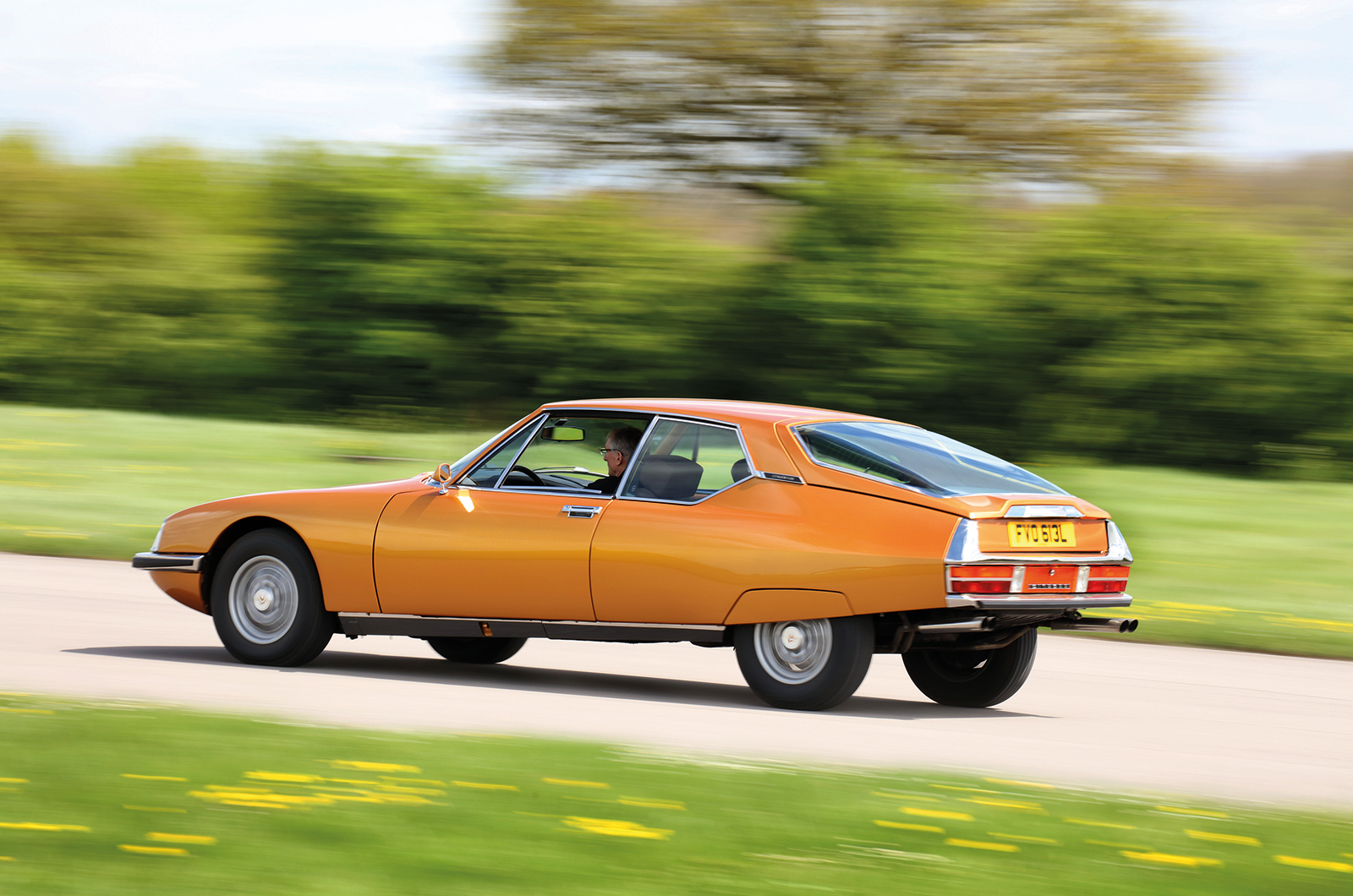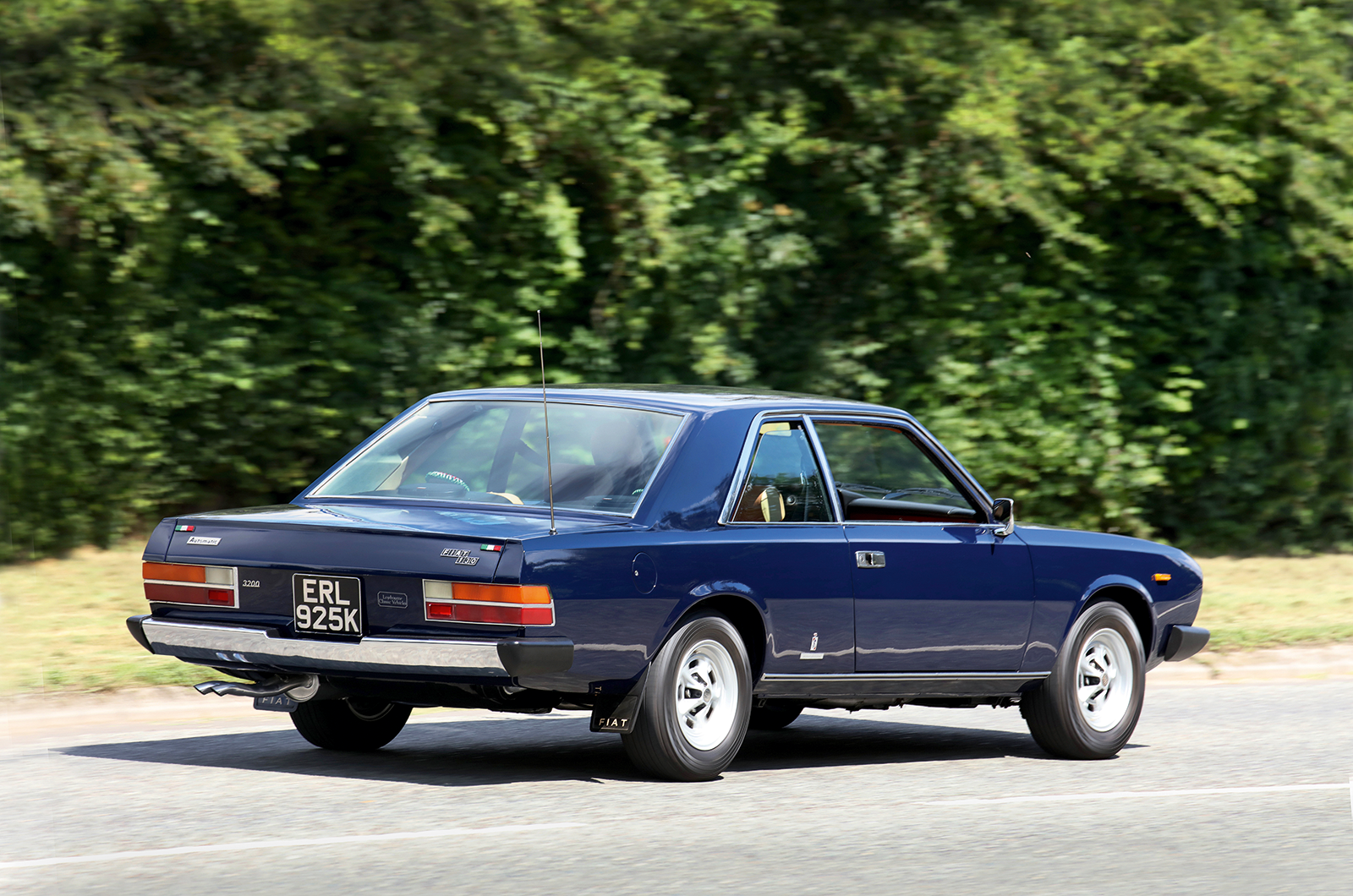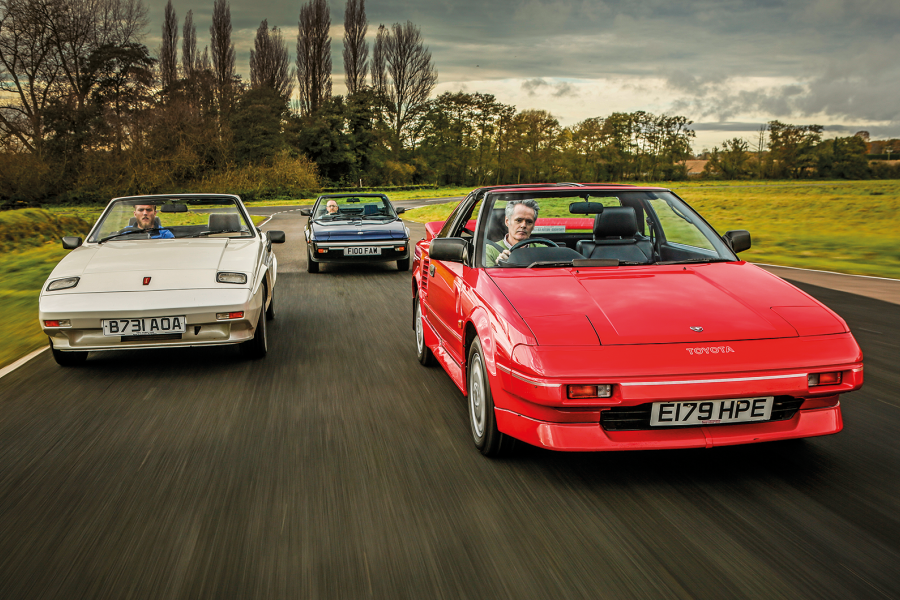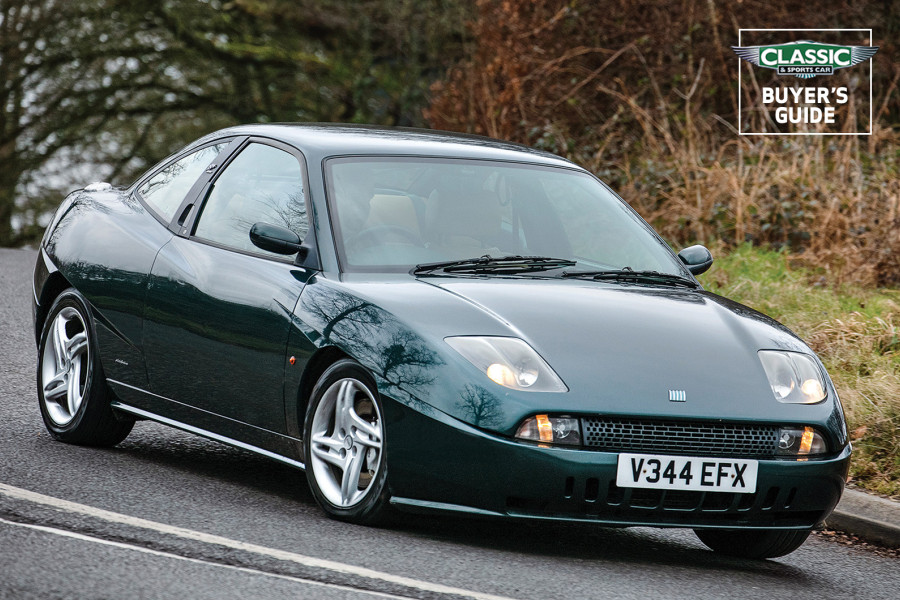
Why you’d want a Fiat 130 Coupé
Surely stylist Paolo Martin’s most impressive production-car shape, the Pininfarina 130 Coupé is a design classic.
Stunning styling that stops people in their tracks – arguably more aggressive than beautiful, but perfectly in tune with the ’70s – was complemented by a bespoke interior, also created by Martin whose best-selling design was the Peugeot 104.
The seats, dashboard, door trims and centre console were all styled to suit the car and all Coupés were built by Pininfarina itself. Attention to detail extended to a hand throttle – in effect an early form of cruise control – a handbrake lever that drops down once applied (a feature that would be copied for the Jaguar XJ-S), and a concealed glovebox revealed by lifting the top of the dash.
Under the skin were a bespoke, oversquare 3.2-litre Aurelio Lampredi-designed V6 and very effective suspension to make this big car go and handle as well as it looked – though the standard Borg-Warner three-speed auto took the edge off performance.
For everyday use it suited the car, but the optional five-speed ZF manual was the answer for keen drivers.
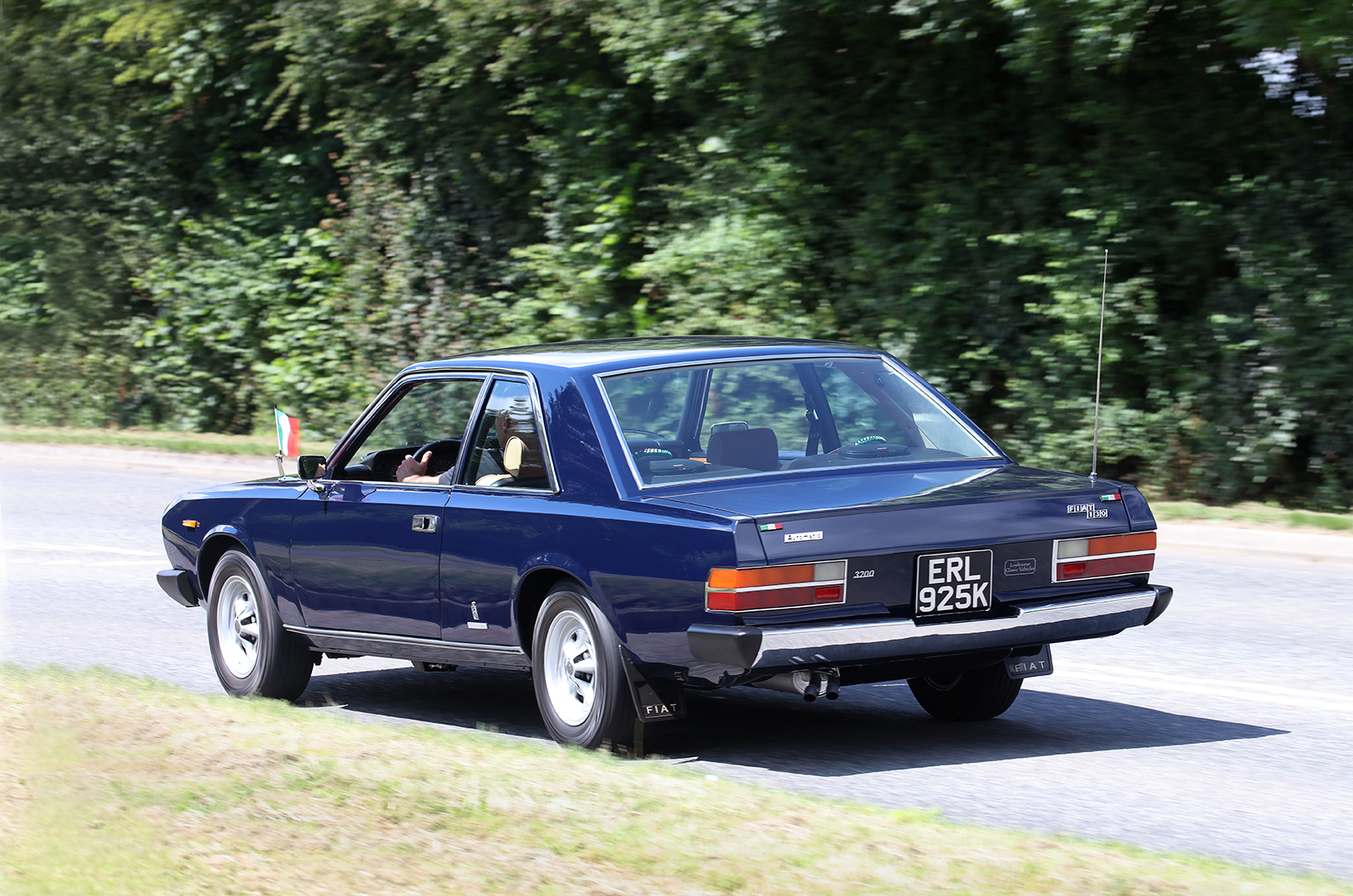
Few 130 Coupés made it to the UK when new, so right-hand-drive cars are rare and manual right-hookers even rarer.


